FOREIGN RESIDENTS: Latest numbers compared with housing demand
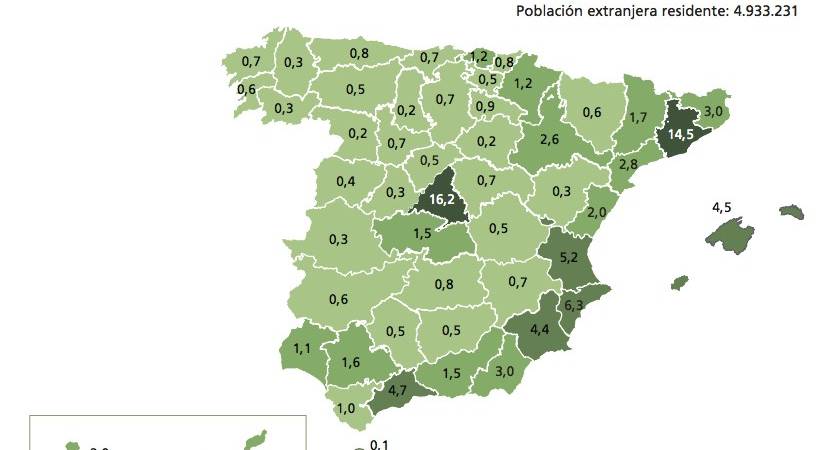
The latest figures for the number of foreign residents in Spain shed light on foreign demand for homes in Spain. This article looks at the key numbers for both.
CLOSE TO FIVE MILLION FOREIGN RESIDENTS IN SPAIN
There were 4,933,231 foreign residents officially registered in Spain at the end of June (chart above), according to data from the Ministry of Employment and Social Security. 57% of them were EU nationals, the remainder came from outside the Union.
EU nationals resident in Spain increased by 2% over 6 months to the end of June, whilst non-EU national decreased by 2%. Overall, the number of foreign residents in Spain increased by 0.17% in six months.
FOREIGN RESIDENTS BY NATIONALITY
The table above breaks down foreign residents by nationality. The biggest group are Romanians (967,334) followed by Moroccans (763,775), and the British (280,346).
Romanians and Moroccans are predominantly economic migrants, whilst the British are predominantly lifestyle migrants seeking refuge from the British weather.
Of the British residents in Spain, 49.9% of them are female, the average age is 51.8 years, and their numbers have increased by 1.64% in six months, and 3.93% in a year.
BY NATIONALITY AND PROVINCE
The next table orders foreign nationalities by number and province.
Madrid has the largest number of foreign residents (794,747) followed by Barcelona and Alicante.
The largest community of Romanians is in Madrid (201,456), followed by Valencia and Zaragoza.
The British are most numerous in Alicante, home to the Costa Blanca (69,398), followed by Malaga, home to the Costa del Sol, and the Balearic Islands.
The Chinese (economic migrants and ‘Golden Visa’ demand) are concentrated in Madrid (48,796), followed by Barcelona and Valencia.
The map above tells the story of foreign residents in Spain very clearly. The more numerous economic migrants are concentrated in the big cities of Barcelona and Madrid, whilst lifestyle migrants prefer the coast and islands.
COMPARED TO HOUSING DEMAND
The table left shows foreign demand for housing in Spain year to date (nine months) organised by market size, including demand for second homes.
Compare housing demand with foreign residents. You can see that economic migrants do not at present contribute much to housing demand, whilst lifestyle migrants are far more likely to buy a home in Spain. That makes sense, as lifestyle migrants are richer and have better access to mortgage financing than economic migrants.
Romanians and Moroccans make up 35% of foreign residents in Spain, but only 6% of foreign demand for housing. The British, on the other hand, make up 6% of foreign residents, and 20% of housing demand (including holiday homes bought by non-residents).
The residency numbers also give a good idea of where the different nationalities buy property. For example, the most popular provinces with British buyers are Alicante (Costa Blanca), Malaga (Costa del Sol) and the Balearics, in that order – exactly as you would expect looking at the residency numbers.
The increasing number of British, German, and French nationals choosing to live in Spain could be a good sign for housing demand in their prefered areas. Northern European baby-boomers will start retiring now in increasing numbers.








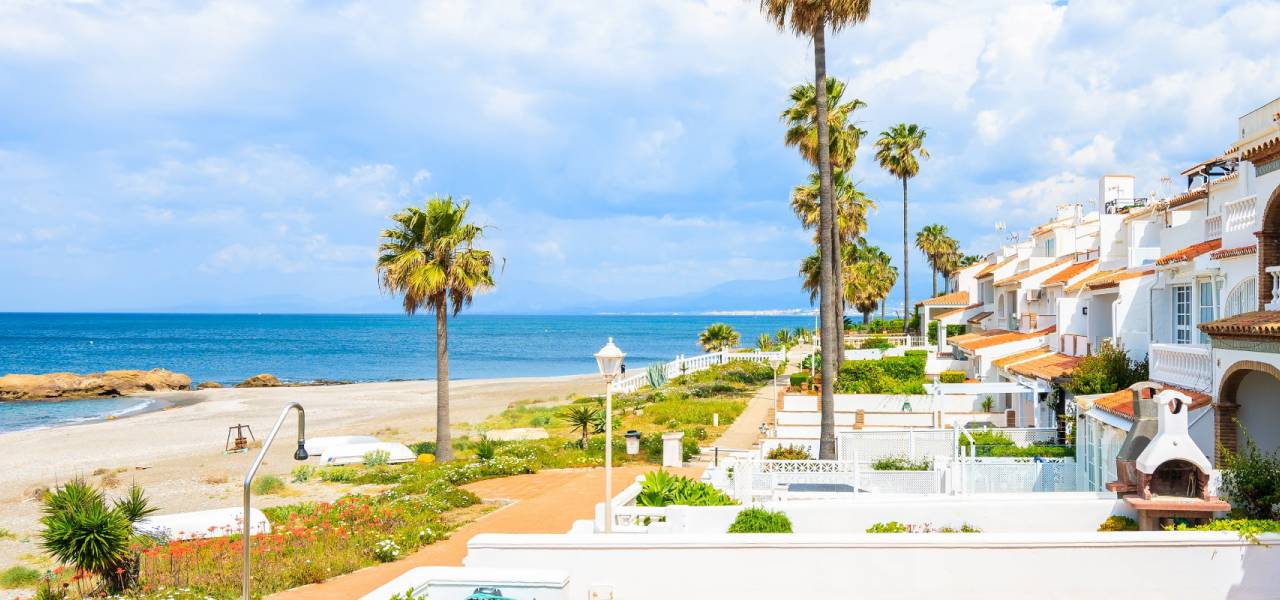
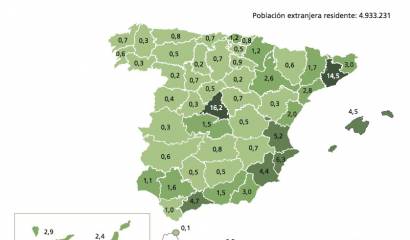
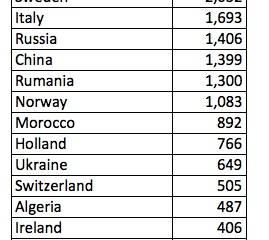
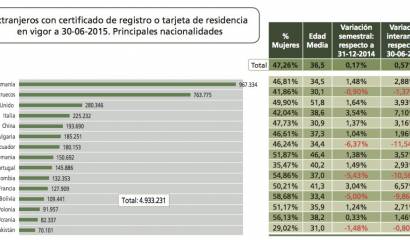
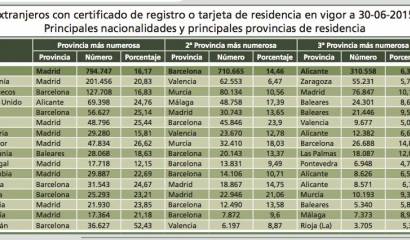
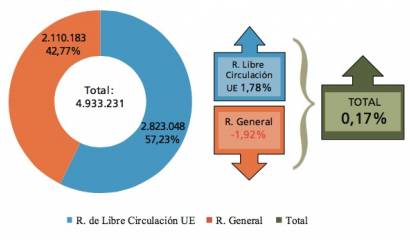
 Back
Back


